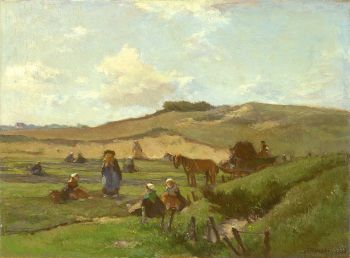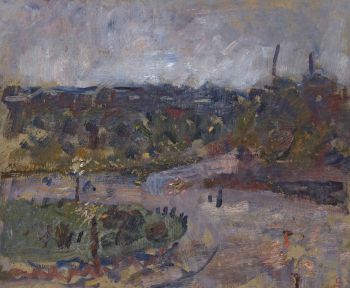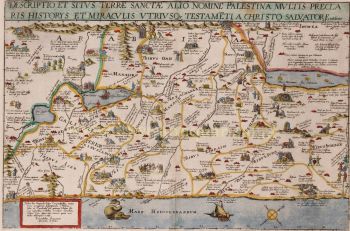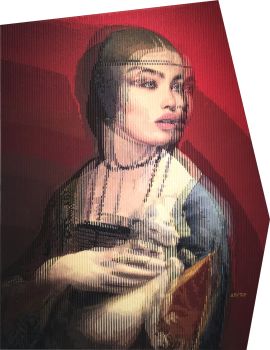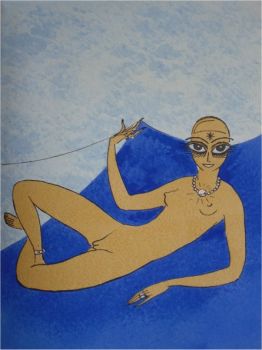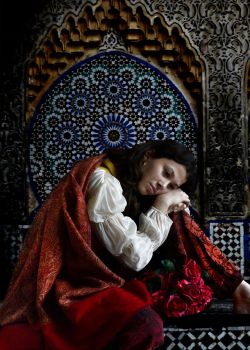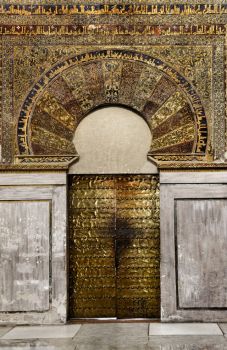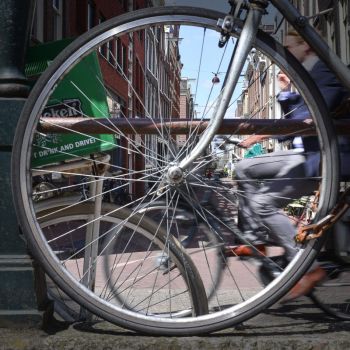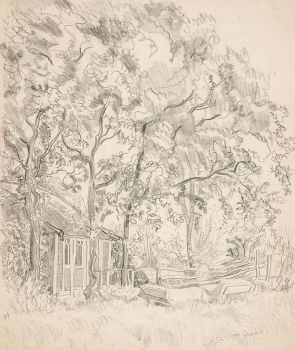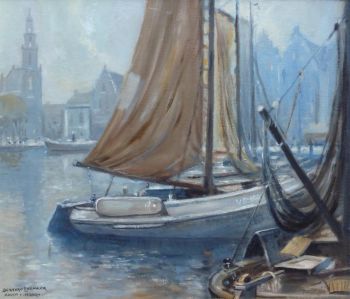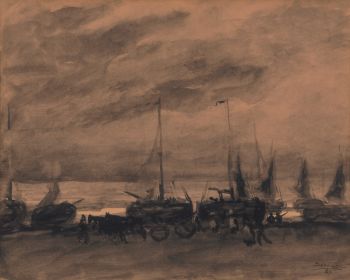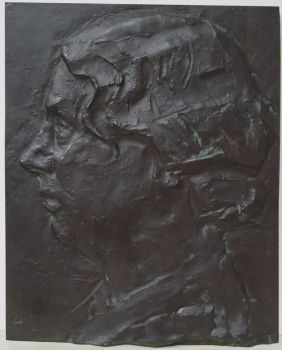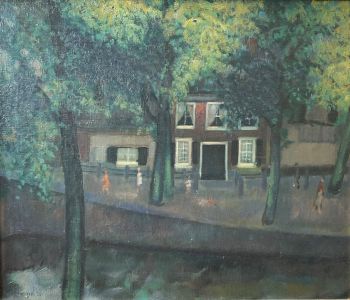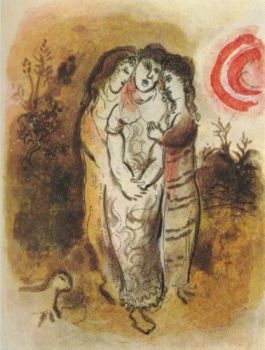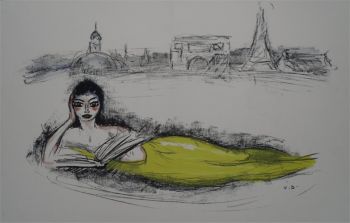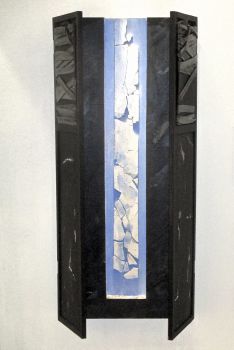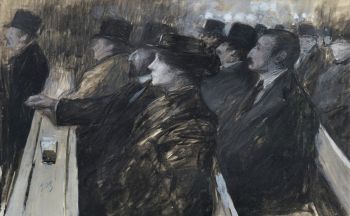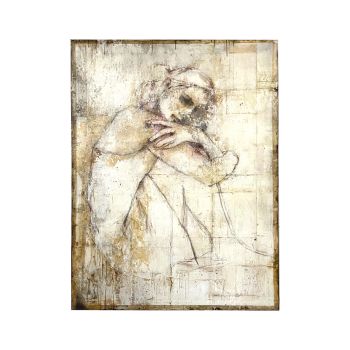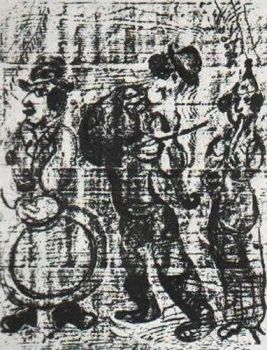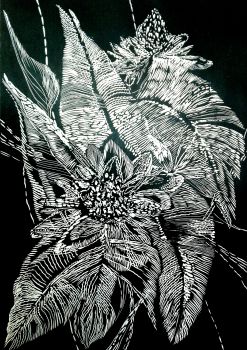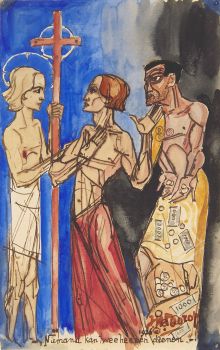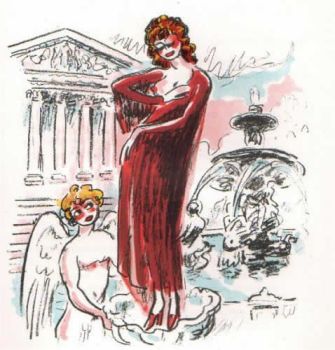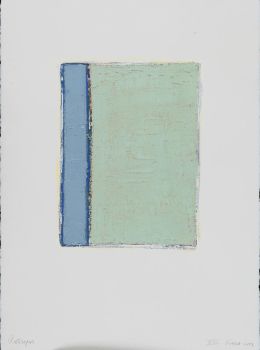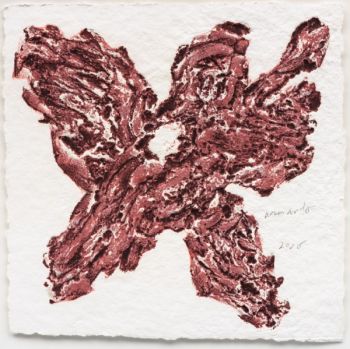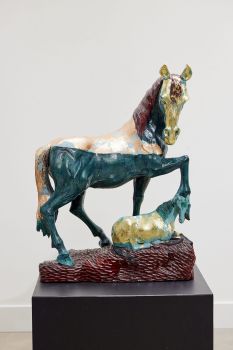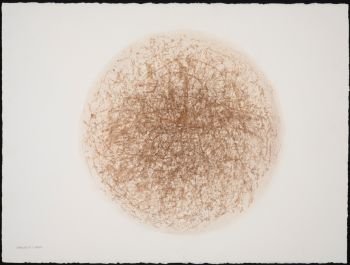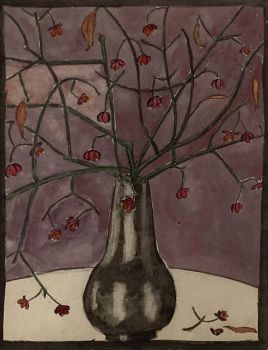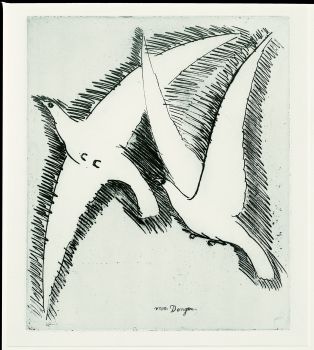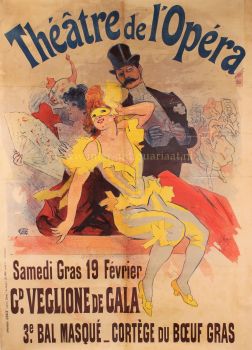1728 treaty between the Dutch Republic and the semi-autonomous state of Tripoli 1728
Artista Desconocido
TintaPapel
Actualmente no disponible a través de Gallerease
- Sobre la obra de arteTractaat tusschen haar hoog mog. de Heeren Staten Generaal der Vereenigde Nederlanden, en de regeeringe van Tripoli. Geslooten in het jaar 1728.
The Hague, Jacobus Scheltus II, 1729. 4to. Modern paper-covered boards.
First edition, published in Dutch translation, of a treaty signed between the Dutch States General and Pasha Ahmed Karamanli (1686-1745), Turkish Muslim leader of the semi-autonomous state of Tripoli since 1711, when he killed the Ottoman governor and took the throne. The treaty, in 13 articles, guarantees the safety of Dutch ships trading at Tripoli and their crews (even when shipwrecked), sets restrictions on taxes (military supplies such as gunpowder, lead, iron, cannonballs and ships' masts are exempted). The governor of Tripoli is to see to it that the whole city is warned when one of the Dutch States General's ships drops anchor, so that all who own slaves can keep an eye on them to ensure they do not flee to the ship. Merchants under Dutch authority, whether Christians or Jews, are to be allowed to reside in the city unhindered, except for taxation.
In very good condition and untrimmed.
Knuttel 16776; for the treaty: A.H. de Groot, "Ottoman North Africa and the Dutch Republic ...", in: Revue de l'Occident Musulman ..., 39 (1985), pp. 131-147, at p. 144. - Sobre el artista
Puede suceder que un artista o creador sea desconocido.
Algunas obras no deben determinarse por quién está hecho o por (un grupo de) artesanos. Algunos ejemplos son estatuas de la Antigüedad, muebles, espejos o firmas que no son claras o legibles, pero también algunas obras no están firmadas en absoluto.
También puedes encontrar la siguiente descripción:
•"Atribuido a …." En su opinión, probablemente una obra del artista, al menos en parte.
•“Estudio de….” o “Taller de” En su opinión, una obra ejecutada en el estudio o taller del artista, posiblemente bajo su supervisión
•“Círculo de…” En su opinión, una obra del período del artista que muestra su influencia, estrechamente asociado con el artista pero no necesariamente su alumno.
•"Estilo de …." o “Seguidor de…”. En su opinión, una obra ejecutada al estilo del artista pero no necesariamente por un alumno; puede ser contemporáneo o casi contemporáneo
•"Manera de …." En su opinión una obra al estilo del artista pero de fecha posterior
•"Después …." En su opinión, una copia (de cualquier fecha) de una obra del artista
•“Firmado…”, “Fechado…” o “Inscrito” En su opinión, la obra ha sido firmada/fechada/inscrita por el artista. La adición de un signo de interrogación indica un elemento de duda.
•“Con firma…”, “Con fecha…”, “Con inscripción…” o “Lleva firma/fecha/inscripción” en su opinión la firma/fecha/inscripción ha sido añadida por alguien que no es el artista
Artwork details
Related artworks
- 1 - 4 / 12
Engelbert Kaempfer
LIBRO DE ENGELBERT KAEMPFER1651 - 1716
Precio a consultarZebregs & Röell - Fine Art - Antiques
Tilmanus Nicolaus Maastricht
Missale Romanum con monturas de plata holandesas1788 - 1792
Precio a consultarJacob J. Roosjen SRI
Antonie Derkinderen
Memory book Exhibition of Dutch Painting1892
Precio a consultarKunsthandel Pygmalion
LAWRENCE WEINER
"SKIMMING THE WATER [MENAGE A QUATRE]" Signed book plus small artwork2010 - 2014
Precio a consultarGallerease Selected
Antonie Derkinderen
Memory book Exhibition of Dutch Painting1892
Precio a consultarKunsthandel Pygmalion
Tilmanus Nicolaus Maastricht
Missale Romanum con monturas de plata holandesas1788 - 1792
Precio a consultarJacob J. Roosjen SRI
Yoko Ono
YOKO ONO: "ARISING" SIGNED BOOK PLUS SMALL ARTWORK 2010 - 2014
Precio a consultarGallerease Selected
1 - 4 / 22Dutch School
Llegada de un holandés de las Indias Orientales a Table Bay18th century
Precio a consultarZebregs & Röell - Fine Art - Antiques
Johannes Evert Akkeringa
'Nettenboetsters' in the Dunes1861 - 1942
Precio a consultarStudio 2000 Art Gallery
Elisabeth Treskow
Lapislázuli afgano con incrustaciones de oro sobre un soporte de plata1950 - 1960
Precio a consultarJacob J. Roosjen SRI
Bernard Leemker
'Volendammer vissersboten in de haven van Hoorn´20th century
Precio a consultarGalerie Gabriëls
Lambertus Zijl
Portrait of Juliana, queen of the Netherlands (1948-1990)1900 - 1950
Precio a consultarKunsthandel Pygmalion
1 - 4 / 24- 1 - 4 / 24

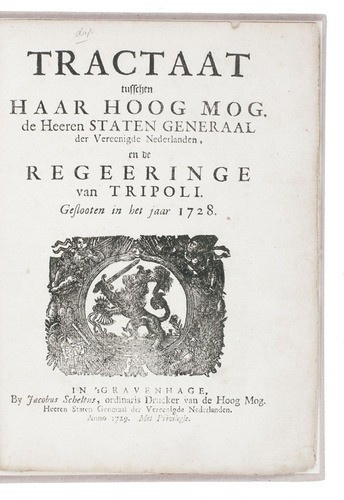



















!["SKIMMING THE WATER [MENAGE A QUATRE]" Signed book plus small artwork by LAWRENCE WEINER](https://media-2.gallerease.com/images/442bfd5f-fc31-4e18-a2fa-ee0c08eade64/350x350/skimming-the-water-menage-a-quatre-signed-book-plus-small-artwork.jpg)
















